Native plants (New Zealand)
Where can I find information about the native plants of New Zealand?
(Years 5-8)
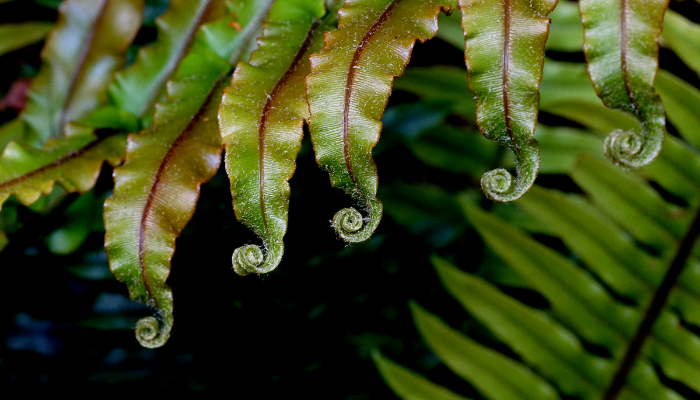
Image: Natures designs. (11285030584) by Bernard Spragg. NZ on Wikimedia Commons.
Entry last updated: 10/07/25
Introduction
Native plants are plants that are indigenous to or originate from a specific country. New Zealand has a wide variety of native plants which are unique as they have evolved in isolation for millions of years. Early Māori found many valuable uses for native plants – in fact, they were essential to survival.
Common plants
Here is a list of plants commonly found in New Zealand.
Fern: New Zealand has about 200 species of fern. The silver fern being a national symbol.
Harakeke (flax): A valuable resource because of its strength. New Zealand's biggest export in early European times.
Kauri: One of the largest and longest living trees in the world. Māori often gave these trees chiefly status.
Koromiko: The most common use for this plant in New Zealand is for rongoā (traditional Māori medicine).
Kōwhai: Known for their brilliant yellow flowers. The nectar being an important food source for native birds.
Mānuka: Honey derived from the pollen of mānuka flowers contains powerful medicinal agents.
Pittosporum: Small bushy trees with attractive foliage. Grown widely in gardens.
Pōhutukawa: Known as New Zealand's Christmas tree because it produces bright red flowers around Christmas time.
Pūhā (rauriki): This plant was traditionally one of the most staple green vegetables for Māori and is still eaten today.
Facts and pictures
Native plants refers to all native vegetation which includes ferns, flaxes, and trees.
Te Ara: the Encyclopedia of New Zealand
This is a great website for anything on New Zealand. Information is arranged in sections.
Go to the Sitemap for a list of all the sections on the website.
Find Section: The Bush and choose Native Plants & Fungi.
Choose a story to read about native plants including poisonous plants and mosses.
Or enter the specific name of a plant into the search box eg lancewood.
Tips: Te Ara links sometimes take you to the Short Story. Remember to select the Full Story if you want more in-depth information. You can also look at the All images and media link for pictures and photos related to your story.
DigitalNZ is a search site that focuses on New Zealand history and brings together results from lots of different websites. It’s an easy way of searching online resources from New Zealand libraries, museums, universities and government sites all at once.
Enter the keywords native plants into the search box.
Use the menu to choose images, audio, videos and stories.
Tips: Search words, or keywords, are the most important words in our question. Usually it’s better to leave out small words like ‘the’, ‘a’ and ‘of’ and just choose the main ones eg 'native plants'. We can always change our keywords or add more if we need to.
Conservation
These sites have information about looking after and protecting native plants so they will be around in the future.
The Department of Conservation (DOC) is the government website about preserving the natural and historical sites of New Zealand. This site is an excellent source of information on New Zealand’s native plants (also known as native flora).
At the top of the page, hover over the heading Nature and some options will appear - select Native plants.
Here you will find information on individual plants and groups of plants.
There is also a search box at the top of the page where you can enter the name of a specific plant eg Kauri.
Tips: We like sites like this because they’re reliable. You can tell because of their web address – they have either .govt or .ac, meaning they are from government or educational organisations. They’re also New Zealand sites, so relevant for us.
New Zealand Plant Conservation Network
This is a website that includes plant groups, scientific names for each plant, their ecosystems and what threatens each species.
In the search box at the top of the page enter the name of the specific plant you are looking for eg kōwhai.
At the top of the home page select the Conservation link to find information on this.
Kai and rongoā (food and medicine)
New Zealand was originally covered with dense native bush, and its ferns, vines, palms, fungi, berries, fruit and seeds became important foods for early Māori. They were also used for rongoā (traditional Māori medicine).
Te Ara: the Encylopedia of New Zealand
You can find some good information in Te Ara about food and medicine related to native plants.
Enter kai into the search box.
Choose Māori foods - kai Māori to find how native plants were used for food.
Enter 'medicine' into the search box.
Choose Rongoā - medicinal use of plants to find how native plants were used as medicine.
Museum of New Zealand Te Papa Tongarewa
Te Papa is a another great site for finding information on New Zealand which includes websites, blogs and exhibitions.
Enter 'rongoā' into the search box.
Choose the article Rongoā Māori.
Here you will find information about the use of native plants in traditional Māori medicine.
This website comes from Te Uru Rākau | New Zealand Forest Service. It has been made to help people with forest projects, and has information about Rongoā. Information is available in English and Māori.
Search for 'rongoā'.
Choose Medicinal plants for information in English or Ngā rākau rongoā for Māori.
It has information about different plants, where they grow, planting and more.
Explore links to find videos about rongoā.
Weaving
Early Māori used harakeke for weaving clothing, whāriki (mats), rope, kupenga (fishing nets), and many other things.
The Christchurch City Libraries website has a comprehensive entry on harakeke which includes the Māori protocol for gathering the leaves.
At the top of the page, use the menus to search the Website by Keyword for 'harakeke'.
Select the page harakeke.
Check out the Related pages for Weaving for kids.
This page also has weaving activities like Making a putiputi and Stars of Matariki.
Te Ara: the Encyclopedia of New Zealand
Te Ara also has great information on traditional Māori weaving.
Go to Topics and choose Māori life and traditions.
Select the story Māori weaving and tukutuku - te raranga me te whatu.
Read the different pages to find out about the weaving process, different weaving patters, and items that were made like kākahu (cloaks).
Suggested books
Look for these titles and others on New Zealand forests in your school library or public library:
The life-size guide to native trees and other common plants of New Zealand's native forest by Andrew Crowe.
All about New Zealand Plants by Dave Gunson.
Which native forest plants? by Andrew Crowe.
Know your New Zealand native plants by L J Metcalf.
Fun with flax : 50 projects for beginners by Mick Pendergrast.
SCIS no: 1832858
Topics covered
Related content
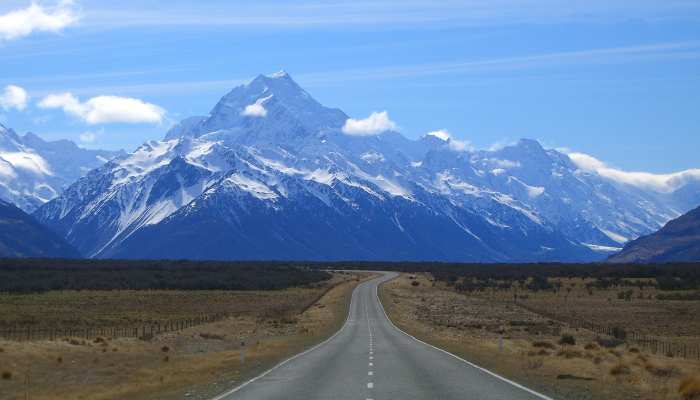
Mountains (New Zealand)
Where can I find information about New Zealand mountains?

Islands (New Zealand)
Where can I find information about New Zealand islands?
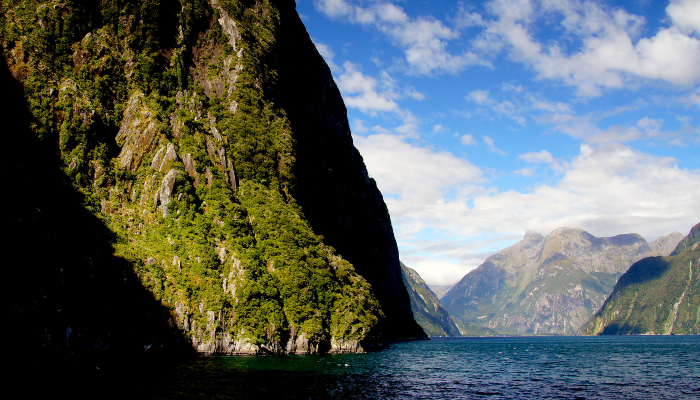
Conservation (NZ)
Where can I find information about conserving the natural environment in New Zealand?
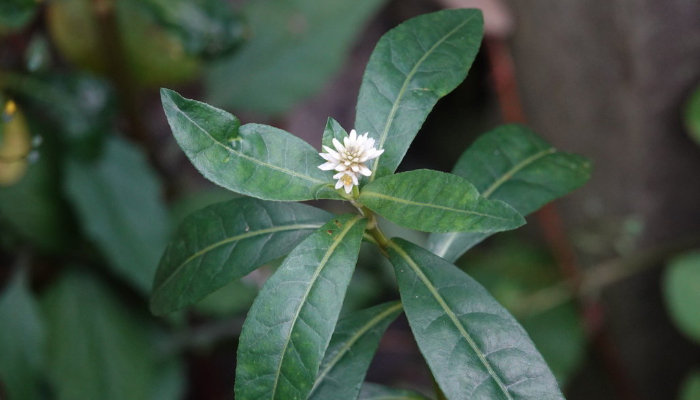
Pest plants (New Zealand)
Where can I find information about pest plants in New Zealand?
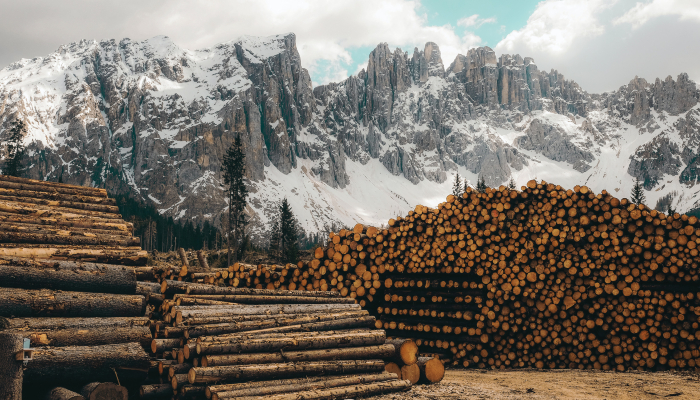
Deforestation
Where can I find information about deforestation?
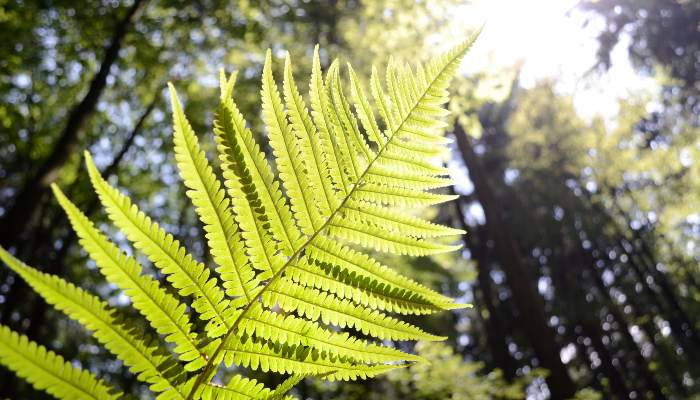
Photosynthesis
Where can I find information about photosynthesis?
